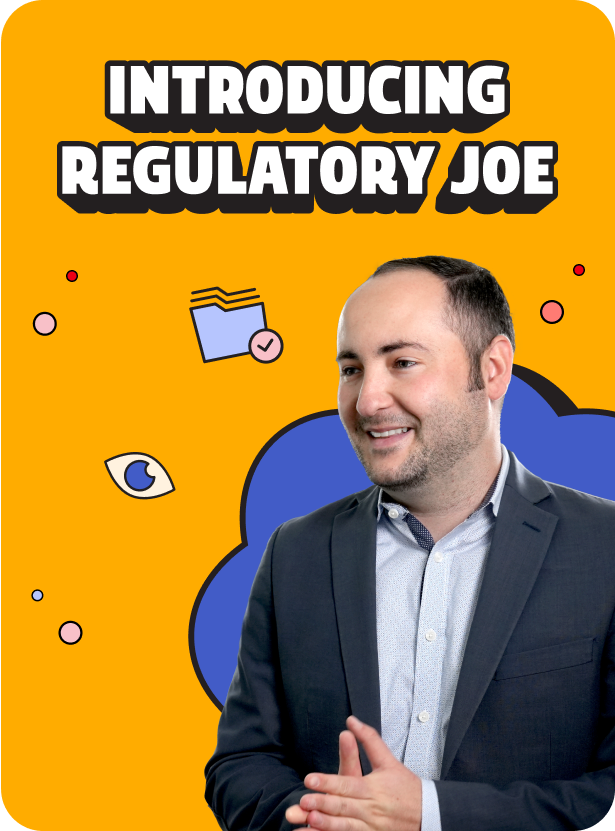The evolution of the payment integrity industry
The payment integrity (PI) industry has seen a significant evolution over the years. Initially, the industry worked to prevent fraudulent activity in medical claims wherever possible. Overpayment recovery wasn’t considered essential. With the introduction of the Affordable Care Act and sophisticated software tools that aided in the identification of billing errors, a profound shift occurred. The changing regulatory landscape made it increasingly challenging for managed care companies to raise premiums. This shift breathed new life into the PI industry, and a new focus on the recovery of incorrect payments emerged. This pivotal change gave birth to a new business model—the contingency model. Under this approach, payers had no upfront costs with vendors. Yet, when overpayments were identified, vendors would reap about 25% of the recovered amount, ushering in a host of unprecedented challenges.
The contingency model
Contingency models emerged as the solution to this new-found emphasis on payment accuracy. They appeared to offer a risk-free approach: vendors would meticulously scrutinize payer data and contracts, sifting through complex claim details to identify overpayments and underpayments and aid in the recovery of funds identified on behalf of their clients. This model is used to incentivize vendors to identify and recover overpayments at contingency rates ranging from 20 percent to 25 percent of recovered funds.
Yet, this seemingly attractive model began to sow seeds of discord over time, particularly between payers and providers. The landscape became more complex with the Centers for Medicare & Medicaid Services introducing star ratings for Medicare Advantage and other evaluative measures. Private insurance companies found themselves faced with a new revelation: the perception of providers was crucial to their standing with members and, ultimately, to their reputation and bottom line.
On one hand, the pressure to recover every overpaid dollar is paramount. On the other hand, these recovery efforts risk alienating providers—the very entities necessary for payers to thrive.
The current reality of payment integrity—and the challenges with contingency
While many PI companies are adept at pinpointing overpayments, they frequently fall short in providing a comprehensive breakdown of why an overpayment occurred. This lack of detailed information presents significant challenges during the recovery process. When providers dispute overpayment claims, payers often find themselves handicapped, unable to refute the disputes adequately without the full picture.
For instance, while a duplicate claim—such as a provider submitting the same service for the same member twice—may be easily identified as an overpayment, things become less clear with a “fuzzy dupe” (a claim that does not match all claim fields but does represent the same service). In such cases, PI vendors often state the claim is a duplicate without specifying the reason, leaving both payers and providers in a cloud of confusion.
This lack of transparency becomes even more pronounced in complex cases like an inpatient hospitalization billed with an incorrect diagnosis code. Vendors typically point out the incorrect code without suggesting the correct alternative, leading to a sense of frustration among providers who may not understand the rationale behind the overpayment claim.
But this opacity from many PI companies isn’t entirely unintentional. By maintaining this lack of clarity, they secure their contingency fees by continually identifying and recovering the same overpayments, keeping payers somewhat in the dark. This tension between PI vendors and payers, born out of a lack of transparency, strains the overpayment recovery process and further complicates relationships with providers.
The evolving landscape of the PI industry paints a complex picture—one where the search for overpayment recoveries and the desire to maintain harmonious relationships with providers stand at odds with each other. As this tension continues to grow, the need for transparency and a more nuanced approach to overpayment identification and recovery has never been more apparent.
“Open Intelligence” and Penstock’s True North
At Penstock, we embrace a philosophy of “Open Intelligence,” a unique approach that embodies our commitment to transparency, where we reveal the “behind-the-scenes” of regulatory and payment integrity errors—secrets that traditionally remain confined within the walls of vendors.
We don’t just spotlight overpayments; we illuminate the root causes, providing insights into the systemic errors and offering solutions to rectify them. We are stewards of transparency, unmasking the hidden details of claim discrepancies that others choose to shroud. For Penstock, the mission is clear: prioritize the future of healthcare and uphold the essence of integrity, even if it comes at the expense of short-term profit.
We believe that by fostering this ethos of Open Intelligence, we can create a transformative shift in the payment integrity landscape, establishing a future where transparency, accuracy, and respect form the bedrock of payer-provider relationships.
On the surface, this approach might seem to contradict typical business logic. After all, many PI companies have built their multi-million-dollar businesses around maximizing the discovery of systemic errors and continuously exploiting these opportunities. However, Penstock’s strategy stems from our belief that the current payment integrity industry is fundamentally flawed.
The foundation of Penstock is rooted in transparency and a drive to reinstate true integrity in payment integrity—even if it defies traditional business sense. Witnessing firsthand the convoluted processes and lack of transparency in the industry, the team behind Penstock is deeply passionate about providing a solution that brings transparency back into focus. We’re committed to fostering transparency, addressing systemic issues, and supporting better engagement between payers and providers to bring down the cost of healthcare for members, making quality care more accessible for all.










